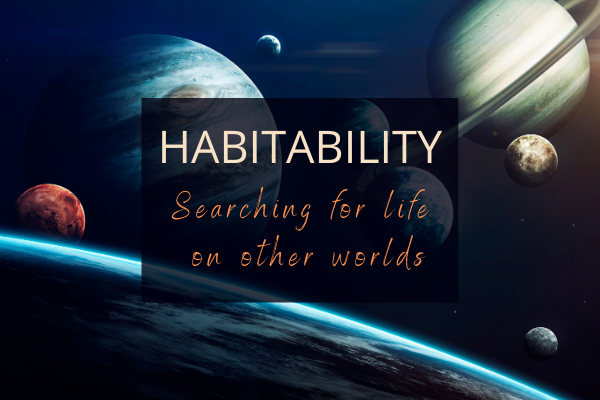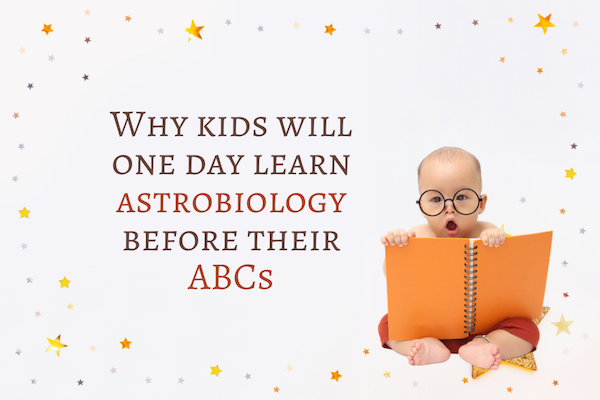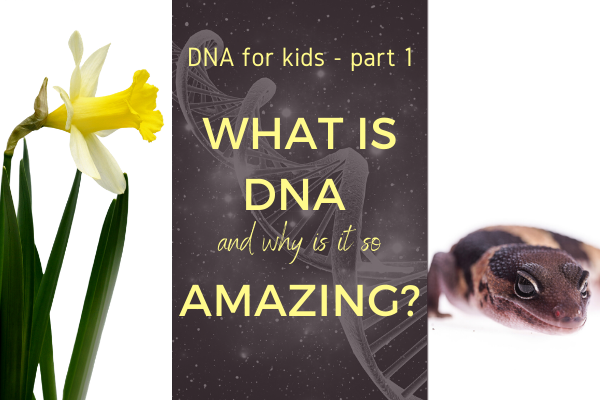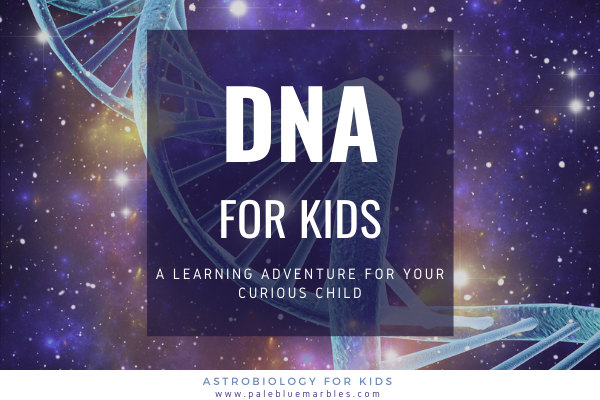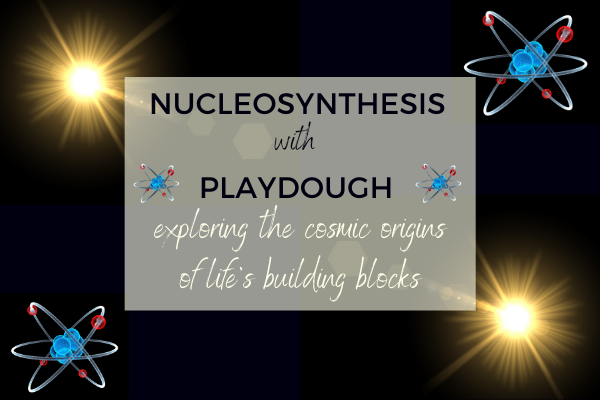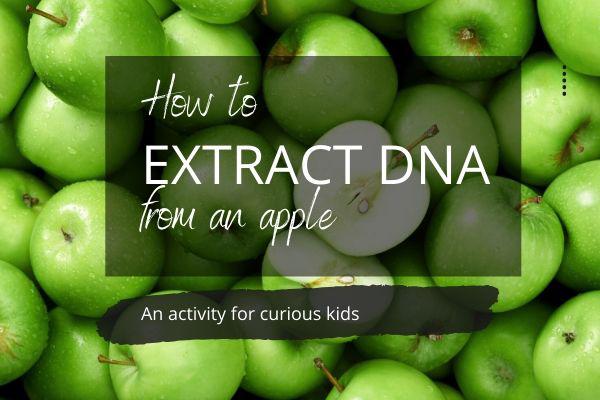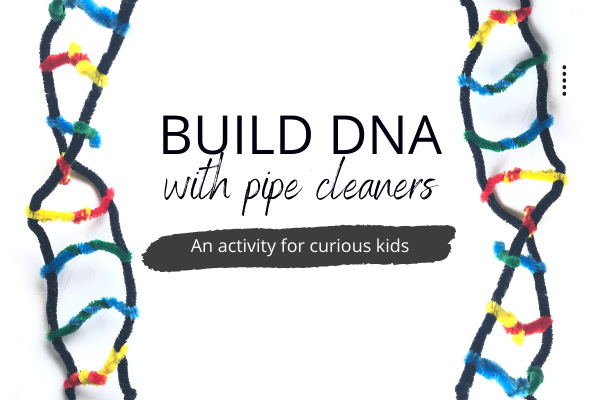What makes a planet habitable? This is one of those questions that lead to hundreds of other questions: each with fascinating and often unknown answers. With so much to cover on planetary habitability, I decided to start a new series: ‘habitability’. It is an exciting topic for curious kids and adults alike!
Look at the world around you.
Whether you are in a city, a rainforest, a desert, or at the bottom of the ocean: you are surrounded by life.
Earth really is a wonderful world.
But there are billions of trillions of other planets out there, sailing around other stars. Are they, too, full of life?
Or are we alone in the Universe?
This is a question that has fascinated humans for millennia, and answering it is at the heart of astrobiology.
We cannot (yet) travel to other worlds to search for life ourselves. And even if we could, there are far too many planets to visit all of them. But what we can do is put our most powerful telescopes on the task. Telescopes have discovered thousands of exoplanets (planets outside our solar system) so far.
With so many to choose from, how do we know which worlds to study for signs of life? To answer this, we first need to know:
What makes a planet habitable?
When I was a child I wrote down my ‘dream job’ description and it was: “figuring out what environments on other planets are suitable for life and what kinds of life can live in those environments”. So I am very excited, some 25 years later, about writing this blog series!
The planetary habitability series#
This series will take you and your child on a voyage of discovery, learning what makes life possible – and impossible. It includes short videos to stimulate your child’s curiosity as well as suggestions for discussion topics and hands-on activities for learning through play. It will be a lot of fun!
All the posts#
The first post in the series introduces the concept of planetary habitability and takes you on a journey to some of the most inhospitable environments on Earth in search of the requirements and limits of life on our own planet.
Future posts#
Other posts in the series will dive deeper into the different aspects of planetary habitability.
- What kinds of planets have been discovered outside our solar system?
- Could life exist on icy moons?
- What is the habitability of Mars?
- How do we find exoplanets?
- How does the type of star affect a planet’s habitability?
- Is a magnetic field necessary for life?
- How does life survive in extreme environments?
- What conditions are needed for the origin of life?
- Where did water come from?
- How do atmospheres affect habitability?
